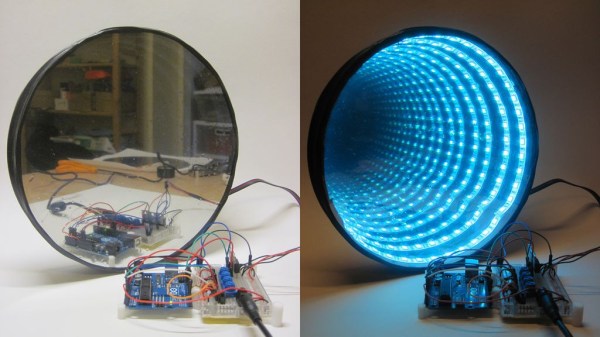After the headlight on his bike died, [Patrick] decided this was the best time to hack the remains and solve a few problems: namely a constantly drained battery from accidentally forgetting to turn the light off. He opted for a solar solution, as he already had both an Adafruit solar lithium charger and a Seeed Li-po Rider. [Patrick] picks the Adafruit board for its extra safety features like temperature sensing to prevent the cell from overheating.
The build uses 9 eBay-sourced 2V mini solar panels attached neatly on the bike’s mudflaps. Three groups of 3 panels in series provide the needed 6V into the Adafruit lithium board which safely charges a spare 900mAh Nokia phone battery from the junk drawer. [Patrick] admits this solar setup may be overkill. He decided to include a USB jack to keep his phone charged for some Google maps navigation. The Adafruit board does not step up to 5V, however, so [Patrick] tacks on a Mintyboost kit to kick the Lipo’s output up high enough to charge the phone.
Solar’s not the only alternative way to power your bike’s lights. Check out the RattleGen from earlier this year if you missed it.

















